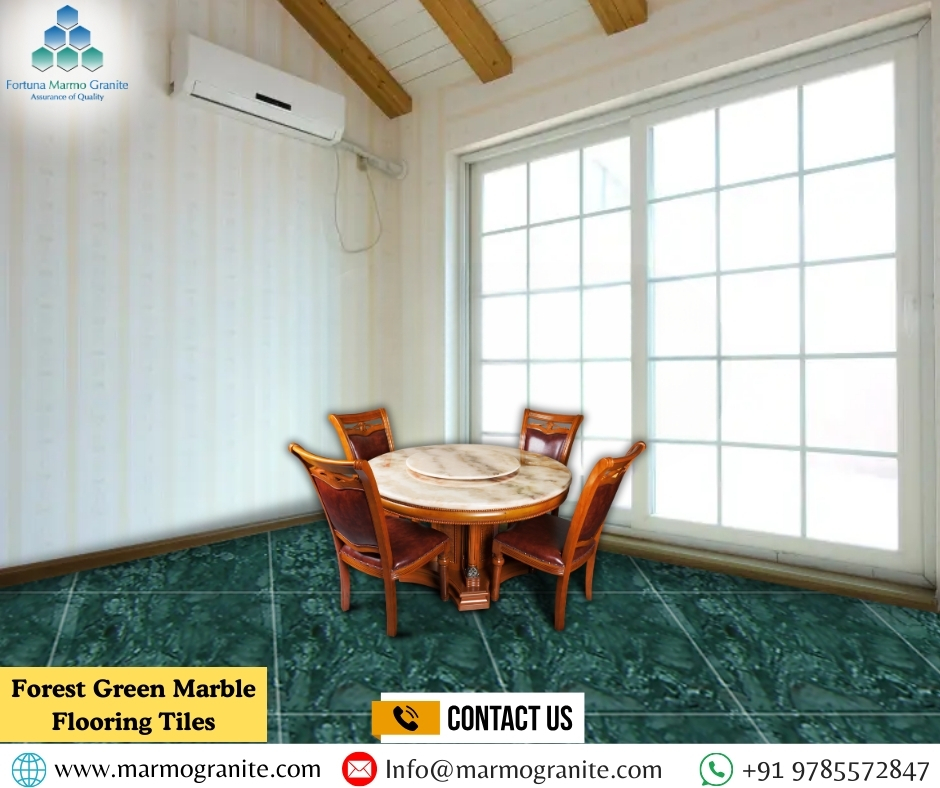“The Enduring Beauty of Marble in Architecture”
Marble has long stood as a symbol of elegance, durability, and timeless beauty in architecture. From the grand temples of ancient Greece to the sophisticated interiors of modern luxury homes, marble continues to captivate architects, designers, and homeowners alike. Its unique veining, natural luster, and ability to withstand the test of time make it a favored material across centuries and cultures. In this blog, we delve into the enduring beauty of marble in architecture, exploring its history, uses, and the reasons behind its everlasting appeal.


A Journey Through Time: Marble in Historical Architecture
The use of marble in architecture dates back thousands of years. Ancient civilizations revered this natural stone for its beauty and strength, incorporating it into some of the world’s most iconic structures. The Parthenon in Athens, built in the 5th century BCE, is a stunning example of Greek architecture where marble played a central role. Similarly, the Romans used marble extensively in their grandiose structures, from the Colosseum to the Pantheon, showcasing its versatility and aesthetic charm.
In Renaissance Europe, marble found new life as artists and architects embraced its potential for intricate detailing. Michelangelo’s David, carved from a single block of Carrara marble, stands as a testament to the stone’s artistic potential. Palaces, cathedrals, and monuments across the continent bore the hallmark of marble’s grace and grandeur.
The Modern Appeal: Contemporary Applications
Today, marble remains a cornerstone of architectural design. In contemporary spaces, it bridges the gap between tradition and modernity, lending a sense of opulence to minimalist interiors or serving as a focal point in bold designs. Marble is commonly used for flooring, countertops, staircases, and wall cladding, each application showcasing the stone’s ability to elevate a space.
In commercial architecture, marble often graces hotel lobbies, corporate offices, and luxury boutiques, creating an atmosphere of sophistication and refinement. Meanwhile, in residential settings, marble countertops and backsplashes have become synonymous with high-end kitchens and bathrooms. Homeowners are drawn to the material not only for its beauty but also for the unique character it brings to every installation.
Natural Beauty: The Unique Veining of Marble
What sets marble apart from other natural stones is its distinctive veining. Formed through the metamorphosis of limestone under intense heat and pressure, marble’s veins are the result of mineral impurities such as clay, silt, sand, and iron oxides. No two slabs are ever identical, making each installation a work of art.
Carrara marble, with its soft white background and delicate grey veining, is perhaps the most famous variety. However, marble comes in an array of colors and patterns. Calacatta marble, known for its bold veining and luxurious appeal, and Nero Marquina, with its deep black base and striking white veins, are just a few examples of the diverse options available.
Durability and Longevity: A Testament to Time
Beyond its visual allure, marble is prized for its durability. Structures built with marble centuries ago still stand today, their beauty undiminished by the passage of time. While marble does require some maintenance to protect its surface from stains and etching, its longevity is unparalleled when properly cared for.
In high-traffic areas, marble retains its grace even as it develops a patina over time. This natural aging process only adds to its character, enhancing its story and charm. Whether in ancient monuments or modern homes, marble endures as a testament to both natural beauty and human craftsmanship.
Sustainability and Sourcing: An Ethical Choice
- As sustainability becomes a key focus in architecture, the sourcing of marble has also come under scrutiny. Ethical quarries prioritize environmentally responsible practices, minimizing waste and ensuring fair labor conditions. Advances in technology have also improved extraction processes, reducing the environmental impact of quarrying.
- Furthermore, marble’s longevity contributes to its sustainability. Unlike synthetic materials that may require replacement over time, marble’s enduring beauty ensures it remains a lasting feature in architectural designs, reducing the need for frequent renovations.
A Symbol of Luxury and Legacy
In both historical and contemporary contexts, marble symbolizes luxury and legacy. Its use in architectural masterpieces throughout history underscores its status as a material of distinction. Today, homeowners and architects who choose marble are not merely selecting a building material — they are embracing a tradition that spans millennia.
Whether it’s the smooth coolness of a marble countertop under one’s fingertips or the awe inspired by a grand marble staircase, the emotional connection to this natural stone is undeniable. It evokes a sense of permanence and artistry that few other materials can replicate.
